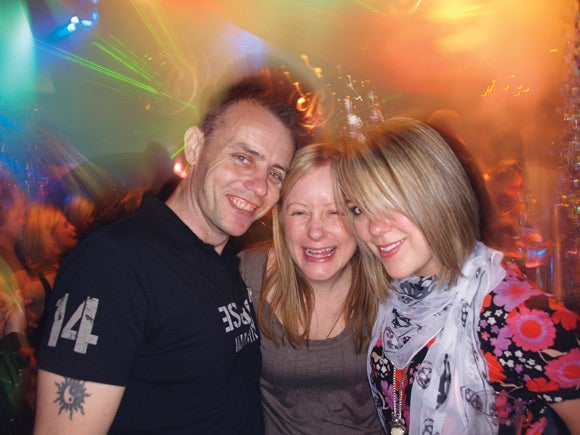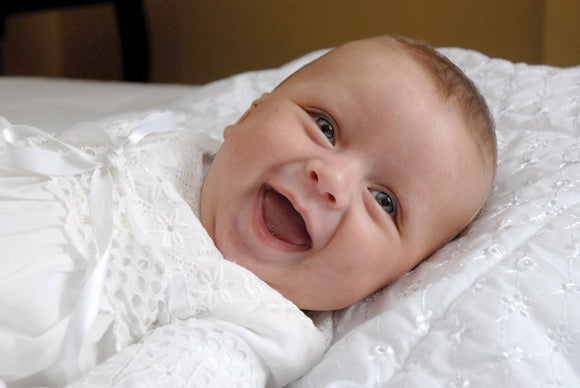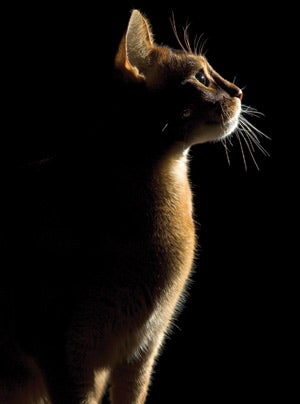Your Complete Guide to Flash Technology:
Flash Techniques
Quick Guide to Flash Techniques
There are a hundred and one ways of using flash.
Here’s a rundown of some of the more popular ones

Daylight Fill in Flash
Just because the sun’s shining doesn’t mean that the flash should be put away – in fact there’s even more reason to use it. Harsh direct sunlight produces unflattering shadows across people’s faces, but by using a flash they can be reduced or removed. In fact the stronger the sunlight, the greater the need for strong fill-in flash.
Fill-in flash will also help to add saturation to the image, especially if carefully balanced with the ambient light. Alternatively, by adjusting your exposure you can under and overexpose the background for creative effect.

High-Speed Flash
There are two ways in which high-speed flash works. The first involves using a high shutter speed in combination with a flash unit that emits a series of ultra fast bursts, thus ensuring an even distribution of light as the shutter
travels over the sensor.
The other works the opposite way, and involves an open shutter and just using a high speed flash for illumination. This kind of technique is used in a completely dark studio so the sensor or film isn’t exposed until the flash fires. Famous examples of this technique usually involve a bullet and a piece of fruit, with the bullet triggering an infrared beam to fire the flash at the point of impact. Things falling into liquid, with droplets frozen in mid-air, is also a popular subject for this treatment.

Slow-Sync Flash
Setting the camera to the flash sync speed is fine for general snaps but in low light this shutter speed is usually too fast to record the ambient illumination, with the result that the background behind the subject goes black and any atmosphere is lost. Since the choice of shutter speed has no impact on the flash exposure (the duration of the flash burst effectively becomes the ‘time value’)
a good solution is to set a slower speed, while maintaing the same aperture. This keeps the flash exposure the same but allows more of the available light to be recorded. Of course if you go too low you’ll get camera shake, or subject movement blur, so you’ll need to either use a tripod, or celebrate this movement and make a feature of it.

Above: This studio portrait was taken using a large softbox on a
mains-powered studio flash, but smaller softboxes are available for
portable flashguns.
Diffused Flash
If bouncing the flash is not an option, then a softbox can be attached to your flash to spread and soften the light via diffusion.
Again these are common in studios, but smaller, portable versions are available that attach to your flash by Velcro.
Diffusion will help to cut down on wrinkles and shadows, as well as increase the coverage of your flash – useful when using wideangle lenses to ensure corner-to-corner illumination of the frame.

Bounced Flash
Sometimes you may feel the light from your flash is a bit too stark, or casts harsh shadows. One solution is to ‘bounce’ the light from a nearby wall or ceiling. Using a flash with a tilt or swivel head, you can point the head towards the surface (preferably a white one) which softens the light, and reflects it back onto the subject.
There are other ways of bouncing light too. Bounce cards or mini-softboxes are available which attach to your flash to soften it, and there are various devices for attaching a flashgun to a stand and using white, silver, gold or translucent umbrellas to modify the flash off the camera
 Wireless and Multiple Flash
Wireless and Multiple Flash
Your flashgun doesn’t have to stay connected to your camera. As well as various cables that can be used between your DSLR and a flashgun, modern wireless flash uses infrared or radio frequencies to provide dedicated automation, wirelessly, with the flash several metres from the camera. This means you can place it anywhere you like for great side, back or top lit effects, or to light the darkest recesses of a large room.
You can also wirelessly fire several flashguns at once to create complex lighting arrangements even on location.
Even if you don’t have wireless capability, you can use light-activated slave units which attach to off-camera flashguns and respond instantly to the burst from your main flash.
Right: This shot was taken with a Nikon SB25 flashgun in one hand, (outstretched to the side) and the camera in the other




